Figures & data
FIGURE 1 Univariate latent change score model for two time points. The model is just identified, thus there are five free parameters: The mean and variance
of the variable at the initial time point, the mean
and variance
of the latent change variable, and the covariance
between the two. The measurement error variances are constrained to zero. Regression paths of error terms are fixed to 1.
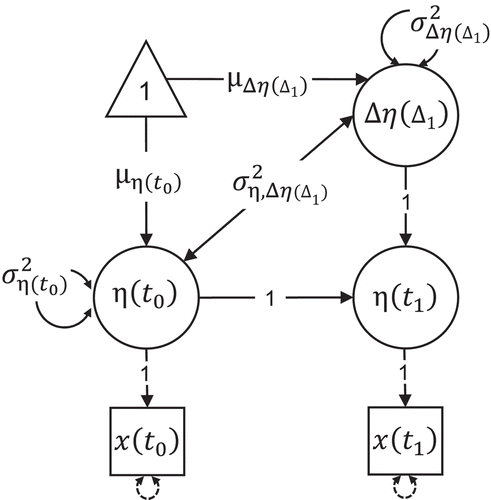
FIGURE 2 Univariate dual change score model. The dots to the right of the figure indicate that the time series can continue to any arbitrary number of time points T. No measurement took place at (indicated by the dashed part, which is not part of the model), thus the latent variable
is a phantom variable. Regression paths of error terms are fixed to 1.
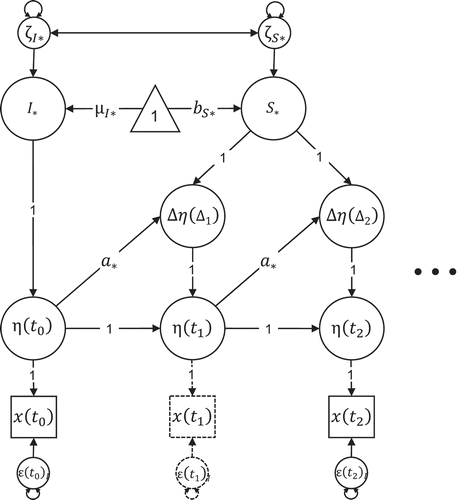
TABLE 1 Latent Change Score and Continuous Time Constraints for Time Interval
FIGURE 3 Univariate latent change score model. The dots to the right of the figure indicate that the time series can continue to any arbitrary number of time points T. The different types of circles indicate parameter constraints. The constraints are defined below the figure for the approximate and exact approach. For = 1, the model resulting from implementing the approximate parameter constraints is identical to the (LCS) model in Figure 2. Regression paths of error terms are fixed to 1.
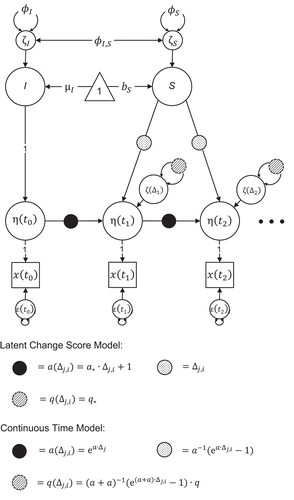
TABLE 2 Example 1: Univariate Model With Equal Time Intervals ( = 1 for all j and i)
TABLE 3 Example 2: Univariate Model With Unequal Time Intervals ( = 1, 2, 3, 1, 4, 2, 3, 1, 2, 1 for j = 1, …, 10 and all i)
TABLE 4 Example 3: Bivariate Model With Individually Varying Time Intervals ( ˜ U[1, 4] for all j and i)
FIGURE 4 Predicted trajectories of latent change score (LCS) models M1 and M2, and continuous time model M4 presented in . The gray lines represent the N = 111 observed trajectories of short-term memory as a function of age. Measurement occasions with phantom variables in the LCS models are represented by empty circles.
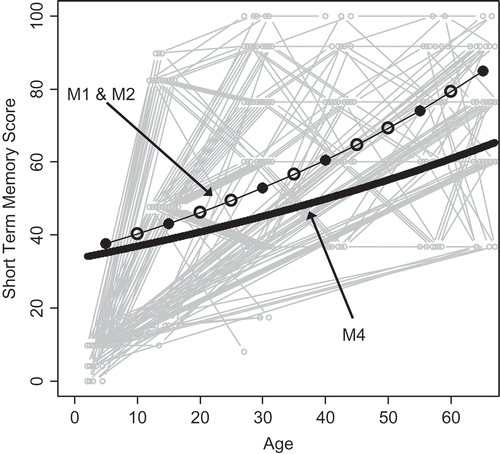
TABLE 5 Proportional Change Score Model in Discrete and Continuous Time for the Bradway–McArdle Study (M1 & M2: =
1 for all j and i; M3:
2, 3, 2, 3, 2 for j = 1, …, 5 and all i; M4:
Accounting for Individual Age of Participant)
FIGURE 5 Predicted trajectories of latent change score (LCS) models M1 and M2, and continuous time model M5 presented in . The gray lines represent the N = 111 observed trajectories of short-term memory as a function of age. Measurement occasions with phantom variables in the LCS models are represented by empty circles. To better see how the models differ in their prediction of early cognitive development, the figure in the lower right corner zooms into the part of the entire figure marked by the dashed rectangle.
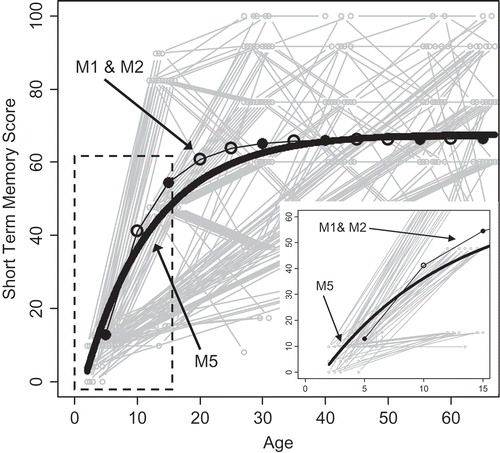
TABLE 6 Dual Change Score Model in Discrete and Continuous Time for the Bradway-McArdle Study (M1 & M2: =
1 for all j and i; M3 & M4:
2, 3, 2, 3, 2 for j = 1, …, 5 and all i; M5:
Accounting for Individual Age of Participant)
